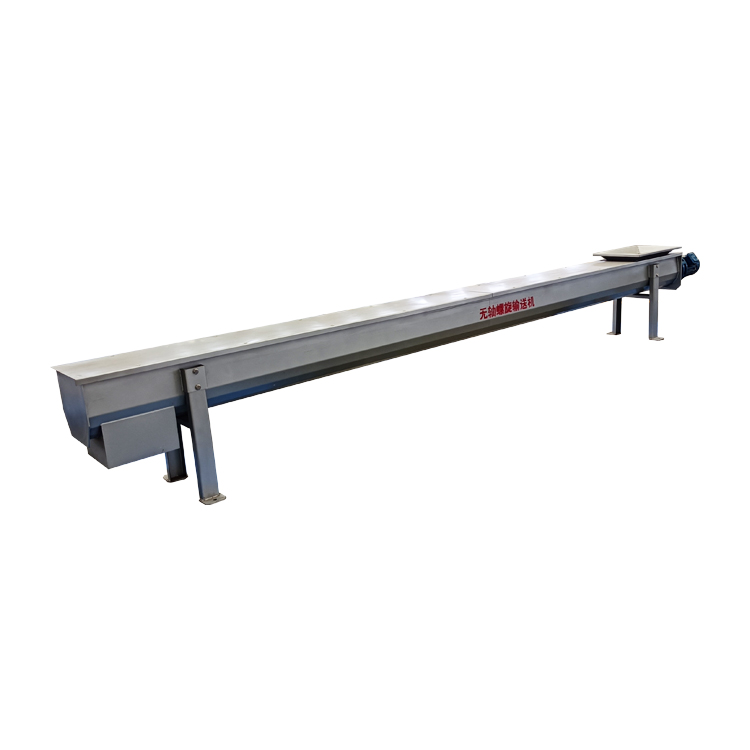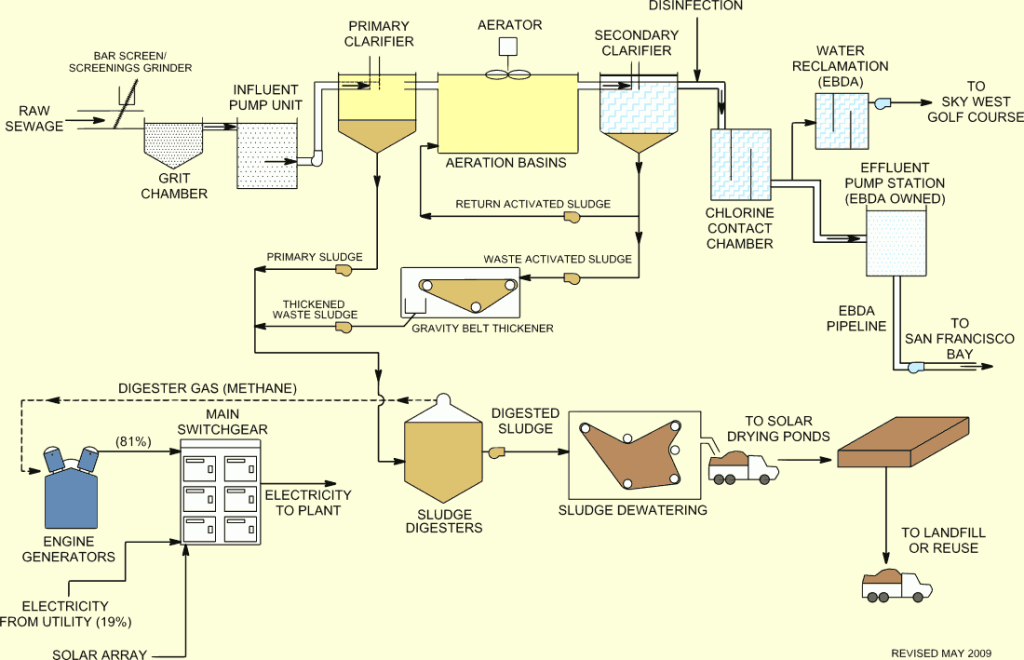Wastewater treatment process

1) Pretreatment process
The wastewater treatment plant is a very interesting place because it takes one of the most disgusting substances in the world and turns it back into something that is essential to our life. This interesting process can be broken down into several smaller processes:
That brings us to the first step of the process that handles larger items in sewage things like flushable wipes or two-by-fours toys and it’s probably been caught in a bar screen our screens are exactly what you would think they are large vertical bars that stand at the inlet of nearly every waste treatment plant designed to stop larger items from getting to the plant in hurting machinery like pumps. Next up is the grit chamber, Grit chambers are the next steps in the pretreatment process following our screens since these bars don’t catch everything larger particles called grit still need to be removed from the sewage as it is made even more homogeneous as the sewage flows into the grit chamber the velocity of the rather viscous sewage is adjusted to allow particles of sand and rock to settle out this is needed because these particles can’t be removed using chemicals and they could potentially clog or destroy pumps later on in the process there are three types of these chambers horizontal grit chambers, aerated grit chambers, and vortex grit chambers which all accomplished the same task using slightly different methods.
2) Primary treatment
The primary treatment process which starts with a large Basin called a primary clarifier primary clarifiers and clarifiers in general function on the principle of settling velocity this term can be defined simply as the speed at which a particle settles for wastewater being pumped into clarifiers it’s important that the flow rate of the water being pumped in doesn’t exceed the settling velocity of the particles trying to be removed, at this step in the process the slightly treated wastewater which is referred to as “effluent” is free of solids larger than 10 micrometers.
3) Secondary treatment
The top layer of the clarified water flows over a weir wall and into the next basement the process called the “aeration Basin” now begins the process of secondary treatment the sole focus of which is to significantly degrade the biological content of the sewage in many cases this process starts with aeration basins effluent flows into the aeration basins at the bottom of which are hundreds if not thousands of tiny air blowers that create bubbles through the water. Following aeration basins, the effluent along with much of the sludge is pumped into a secondary filter or clarifier where some of the sludge is removed and pumped back into the aeration basins as the returned activated sludge. at this point, 85% of all organic matter is removed from the water, and the effluent should be safe to drink in most cases although you probably wouldn’t want to.
4) Disinfection
Disinfection is the final step of the process and is usually accomplished in one of three ways either through chlorine, ozone, or ultraviolet disinfection. Each process has its benefits and drawbacks with each being used commonly throughout the wastewater treatment process across the world chlorine disinfects the water through chemical disinfection chlorine which you can think of as concentrated bleach is added to the effluent here to kill off any remaining bacteria and organisms still living in the water when chlorine is added to kill off the bacteria it then has to be removed before it can be discharged as to not kill off anything in the discharge location after this the water is safe enough to discharge into a stream or lake, Ozone disinfection is another method of disinfection that involves pumping an electrical current through the water that causes oxygen molecules o – to disassociate and combine with a free oxygen molecule forming O3 known as “ozone”, Ozone is an incredibly strong oxidant and it kills off bacteria. The last common method uses ultraviolet light to scramble bacteria’s DNA so that they cannot multiply in UV disinfection the bacteria in the water aren’t killed rather they’re sterilized rendering them harmless viewer to ingest water with living microbes immediately following UV treatment any harmful bacteria would be unable to multiply or render your body damage.

The entire process of wastewater treatment takes on average 24 to 36 hours from when a drop of water enters to when it leaves. Without this process that they do around-the-clock our sewage would always stay sewage and sanitation in modern cities would be much worse!
